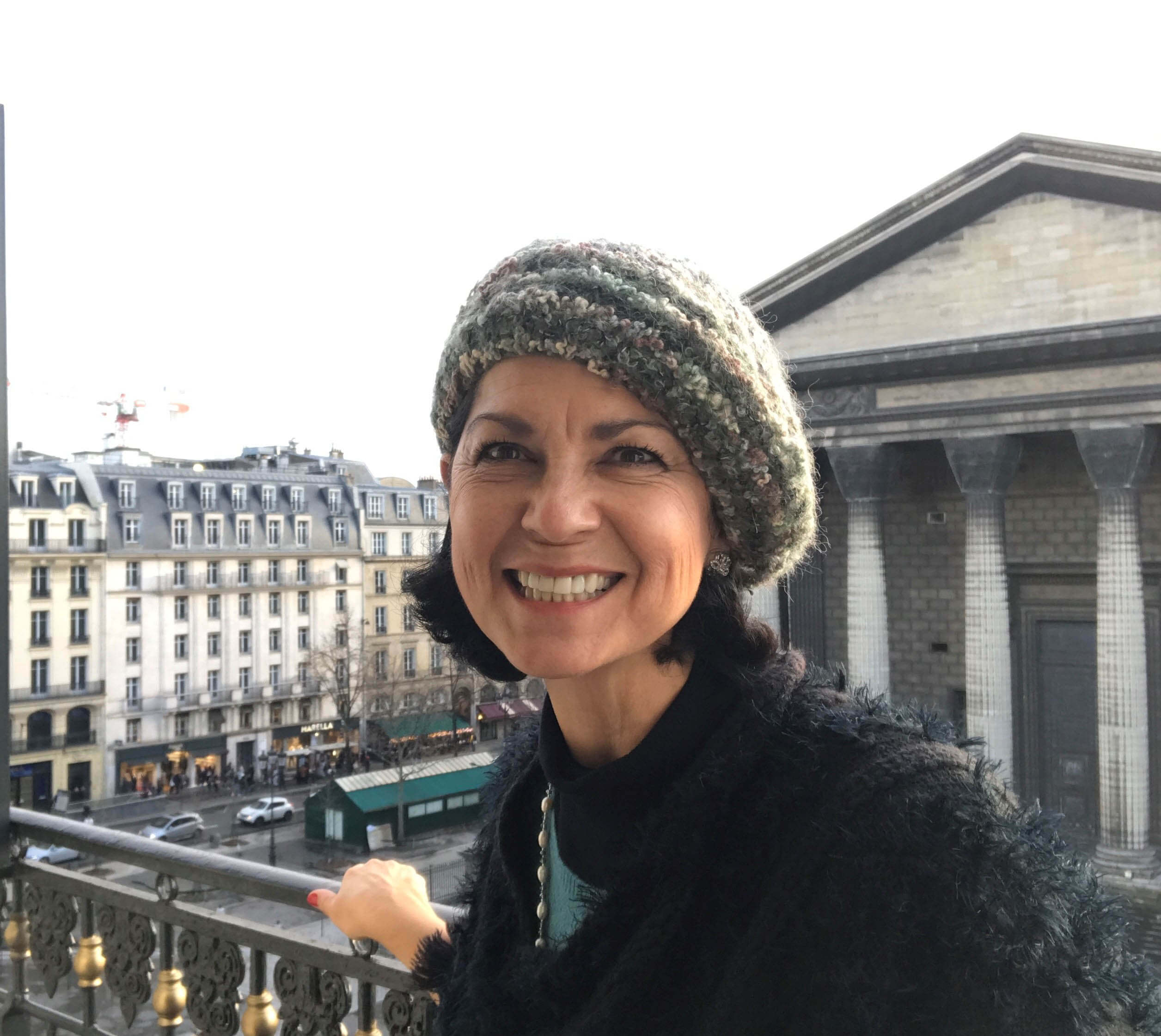Madeleine Falco

Madeleine Falco works as the sustainability analyst for the Office of Energy & Sustainability. Her background in marketing, education, and outreach has given her the skills to implement energy conservation and public outreach programs at MiraCosta College, in addition to working with local tribes in San Diego County to develop renewable energy on tribal lands. Now, Madeleine is using her expertise to help SDSU meet its sustainability goals and inspire students, faculty, and staff to reduce waste, use public transportation, and live more sustainably.
How did you become interested in sustainability?
I’ve always been interested in sustainability personally, but my professional background is in marketing and communications. In 2010, I worked with the native tribes in San Diego County in a grant-funded position through the Department of Energy. There, I ran a public outreach campaign to all 17 tribes in San Diego conducting workshops about renewable energy development on tribal land and connecting tribes to different vendors and partnerships. I always worked in marketing, but it was that position that made me realize my marketing, communication, and public outreach skills could be used in sustainability, renewable energy, and energy conservation. I decided then that I was only going to work in positions where my experience would be for the betterment of the world, my community, and help promote sustainability.
What steps do you take to live an ecofriendly lifestyle?
Back in 2010 when I started working in sustainability, I learned about ways that I could make my life more ecofriendly. Living sustainably isn’t one big switch- it’s a million little changes. I started watching documentaries, reading books, and learning about topics like plastic. I followed the term reduce, reuse, recycle: focus on the reduce, then on the reuse, and minimally recycle. To reduce my consumption, I stopped using my air conditioner, which wasn’t hard because I live in downtown San Diego. For an entire year I only used my air conditioner twice!
After I saw a documentary about plastic waste, I gave up plastic and replaced it with glass jars. A significant step that I took was selling my car and opting to use public transportation. I’m happy to say that since December 1st 2017, I have not had a car! Of course, I live in downtown San Diego close to the trolley line so doing this is feasible in my situation. I really encourage people to take public transportation when they come downtown. Just challenge yourself to small things and get out of your comfort zone!
When you envision a sustainable future, what do you see?
A sustainable future would start from the bottom up and I have faith that the younger generation will bring about the change we so desperately need. I see a society where people use only what they need and for those who have more than what they need, that somehow would go into a community pool. We would be able to repurpose and reuse everything! Wouldn’t it be great if, for example, people who are homeless could walk into a place and have clothes whenever they need them? We have an excessive amount of clothes already on the planet, so items like that should be available. A sustainable future would also include full electrification. Another key element of a sustainable future is community choice aggregation (CCA), which makes sure that cities get their utility from fully renewable sources. Finally, our focus must shift from a life of overconsumption to a life based on quality of life, purpose, and fulfillment.
Could you tell us more about Community Choice Aggregation (CCA)?
Community choice aggregation is a co-op among cities in which they purchase power separate from the incumbent utility company, which in this case is SDG&E. Having community choice aggregation is a powerful action a city can take to reduce carbon emissions. San Diego has CCA called San Diego Community Power and it covers Encinitas, La Mesa, Chula Vista, City of San Diego, and Imperial Beach. Those cities buy their own power from renewable sources. The purchasing happens on a city level instead of with SDG&E. San Diego Community Power already services municipal and business customers and will start servicing residential customers in 2022. We will have the option of getting our electricity from SDG&E or from Community Choice Aggregation.
What advice do you have for students who want to make a difference for the environment?
Start small. Do what you think you can and then go a little bit further. A little discomfort is okay! For instance, if you think you can take the trolley one day a week- try two! If you think you can go without your car for a day- try for the whole weekend! Next, don’t be afraid to share your sustainability knowledge with your friends, roommates, classmates, neighbors, and family. A lot of young people don’t have a full appreciation for the power that they have. You have a voice, use it! In summary, start small, take small steps, challenge yourself into a little discomfort, and then don’t be afraid to share what you know with others.
